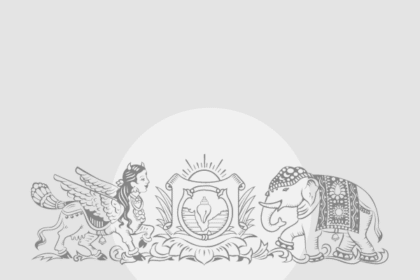Article Title:: Attacks on Hindu Temples in Bangladesh Met on Wednesday by NHRC
Main Points:
-
Timing of Attacks: The attacks on several Hindu temples and households in Nasirnagar, a central district in Bangladesh, were pre-planned and carried out in a coordinated manner.
Understanding: The attacks were not spontaneous; instead, they were part of a well-organized plan geared towards taking over the lands of the minority Hindu community.
-
Primary Cause: The attacks are allegedly linked to a Facebook post that several viewpoints found offensive to Islam, leading to widespread outrage across the nation.
Explanation: People from different faiths, fueled by anger at the shared post, responded by attacking the Hindu shrines and houses, targeting elements of the religious and cultural identity linked to Hinduism.
-
Revenge and Displacement: The attackers, believing in a hidden conspiracy or divine will, aimed at summarily eclipsing or simply taking over the homes and rights of Hindus, a form of collective revenge and desecration of culture and representation tied to the minority faith.
-
Investigation: The National Human Rights Commission (NHRC) has been investigating the matter since it first found that the attacks were determined to be a pre-planned action against the temple and household holdings of Hindus in the area.
Context: The NHRC’s statement makes it clear that they believe the attacks were calculated, likely aiming at demonizing not just the ancestral status, but a cultural, identity, and socioeconomic visage belonging to the Hindu community in the area.
-
View from Chief Investigator: The Chief Investigator at the NHRC highlighted the unbreakable pattern of targeting, indicating an organized effort rather than individual, isolated acts of sabotage or vandalism.
Focus: His statement identified the attacks as part of an organized scheme of fears, attempts to strike fear and dismantle the cultural and social fabric associated with Hindu religious sites and homes.
By focusing on these key points, the story shifts the narrative from a news of hate towards the organization and intellect behind the sinister doings, enriching a case study of juridical and social correlates to prevent cultural despoliation and create a backdrop of constructive introspection to combat hate and social unrest in the society. By conveying this article in simpler yet detailed language, we engage readers in understanding a socio-legal blend of cultural sensitivities, governance efficacy, and human rights discourse.







